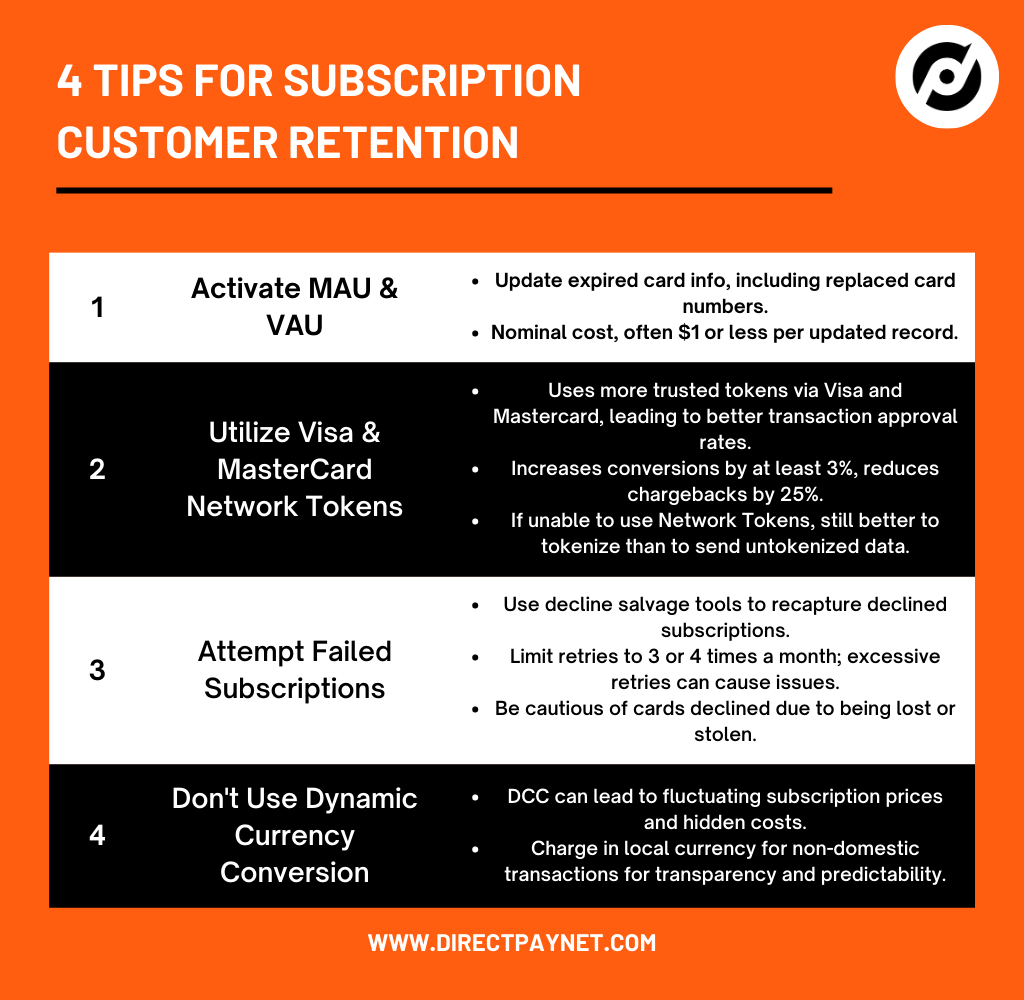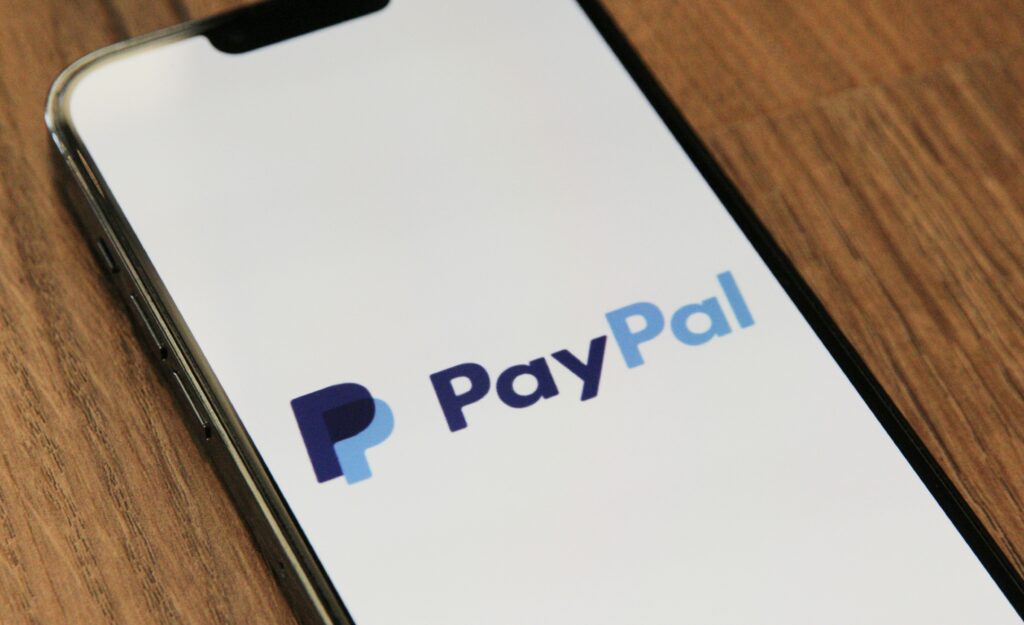There’s a key metric that often dictates the success of subscription-based businesses: retention rate.
With the rise of social media and increasing competition, keeping existing customers loyal to your brand has become paramount. While many businesses invest heavily in customer acquisition strategies, focusing on dazzling new customers with shiny products and enticing offers, it’s a well-known industry secret that retaining existing customers is far more cost-effective and beneficial in the long run.
But let’s face it, customer engagement isn’t a walk in the park. It demands a deep understanding of their needs, expectations, and pain points. Every canceled subscription or, in industry parlance, every churn, directly impacts your bottom line and, over time, can significantly stunt business growth. This is where effective retention strategies come into play, acting as the linchpin for businesses aiming for sustainable growth.
Understanding Churn and the Power of Retention
The subscription business model hinges on the continuity of customer relationships. It’s a model where customer success isn’t solely determined by the number of new customers you onboard but rather by how many of those customers choose to stay with your brand over time.
Two central terms dominate this landscape: churn and retention. Let’s demystify them.
Churn refers to the percentage of subscribers who end their relationship with your service during a particular timeframe. Whether it’s due to dissatisfaction, financial constraints, or a lure by a competitor, every churn signifies not just a lost customer, but also lost recurring revenue and a dent in the customer lifetime value (CLV or LTV).
Churn eats into the profitability fabric of subscription businesses, necessitating hefty spending on customer acquisition to fill the vacuum left behind.
On the other hand, retention is the flip side of the coin. It’s the percentage of customers who continue their subscriptions. A strong customer retention rate is indicative of a business that meets or exceeds customer expectations, offers an optimal user experience, and fosters customer loyalty.
The mathematics here is straightforward: retaining an existing customer is far more cost-effective than acquiring a new one. Why? Repeat customers often have a higher propensity to purchase, are more likely to try out new products, and can become brand ambassadors, amplifying your reach through word-of-mouth.
But how does one elevate retention? It begins with a robust understanding of customer churn. Delving deep into metrics provides insights into why current customers are leaving. Is it due to poor customer support? Is the onboarding process cumbersome? Or is the value proposition not meeting customer expectations? By diagnosing the cause of churn, businesses can deploy targeted customer retention strategies, enhancing the overall customer experience and, consequently, boosting their bottom line.
Below are 3 powerful yet unconventional tips that go beyond the typical suggestions of opening a referral program or customer loyalty program. These are self-service actions you, as the business owner, can take right now and see success.

Tip 1: Activate MAU (Mastercard Account Updater) and VAU (Visa Account Updater)
There’s one hiccup that often disrupts the smooth flow of recurring payments: expired or replaced credit card information. Imagine a loyal customer unintentionally losing access to your service just because their card expired or was replaced. This not only disrupts their experience but can also inadvertently increase your churn rate.
What are MAU and VAU?
MAU (Mastercard Account Updater) and VAU (Visa Account Updater) come to the rescue in such scenarios. These are services provided by Mastercard and Visa, designed to automatically update card details in your system. Whether it’s an expiration date that’s changed or a card number that’s been replaced due to loss or theft, these services ensure that the payment details are current.
Cost-Efficiency of MAU and VAU
While the idea of automatic card detail updates might sound like a premium service, it’s surprisingly cost-effective. With prices as nominal as $1 or even less per updated record, depending on your service provider, it’s a small investment for a substantial return. When you factor in the potential loss in revenue from involuntary churn caused by outdated card details, the ROI of activating MAU and VAU becomes undeniable.
As well, you can save on customer service costs. Your support team doesn’t have to spend the time or money on making phone calls, chatting with customers in real-time, or sending emails in order to follow up on expired card data. MAU/VAU automation is by far the most cost-effective when it comes to backend and support functionality.
The Benefits in a Nutshell
- Reduced Involuntary Churn: By ensuring that payment details are always up to date, you prevent service disruptions due to payment failures. This directly translates to reduced churn and ensures continuity in the customer experience.
- Enhanced Customer Loyalty: Customers appreciate seamless experiences. By removing the need for them to manually update card details, you’re eliminating a potential friction point, which can enhance their loyalty to your brand.
- Boosted Revenue: With uninterrupted payments, you ensure that your recurring revenue stream remains consistent, shielding your business from unexpected revenue dips.
In the subscription business model, details matter. By integrating MAU and VAU into your payment processing system, you’re taking a proactive step to optimize the customer journey, reduce friction, and maximize retention.
Tip 2: Utilize Visa & Mastercard Network Tokens
With the rise of digital transactions, securing customer data and ensuring a consistent payment experience have become top priorities for ecommerce businesses. One of the innovative solutions propelling businesses toward these goals is the use of network tokens, specifically Visa and Mastercard Network Tokens.
Understanding Network Tokens
At its core, a network token is a type of digital token issued by card networks, such as Visa and Mastercard. Instead of relying on a traditional vault within a payment gateway or CRM provider, the gateway sends the actual card information to Visa or Mastercard. In return, these card networks issue a token—a unique digital identifier. This token is then used for subsequent transactions.
Why Network Tokens Matter
- Increased Trust: When a customer’s bank sees a transaction initiated with a Visa or Mastercard token, it perceives it as a more trustworthy transaction. The result? A higher likelihood of transaction approval, boosting your conversion rate.
- Improved Conversion & Reduced Chargebacks: According to a study released by Visa, network tokens can elevate conversions by at least 3% while simultaneously reducing chargebacks by a whopping 25%. In the realm of ecommerce, these numbers can significantly influence the bottom line.
- Enhanced Security: With tokens, sensitive card details are never exposed during the transaction process, adding an extra layer of security against potential breaches and fraud.
How to Implement Network Tokens
While the benefits of network tokens are clear, their implementation might seem daunting. Start by checking with your payment gateway provider or merchant provider. Many modern providers offer the option of using Visa and Mastercard network tokens.
If you’re looking for a seamless solution, our team at DirectPayNet offers a plug-and-play solution that integrates effortlessly with your existing processing setup.
Get in touch about using network tokens on your gateway..
However, it’s essential to understand that even if your tech stack doesn’t currently support network tokens, you’re not at a dead end. Using a secure vault or tokenizing through a gateway still offers more security than not using any token system at all.
An essential note to remember: sending untokenized data, especially for recurring transactions, often results in higher declines. This is primarily because banks and financial institutions view untokenized data as riskier, raising red flags concerning potential fraud.
Tip 3: Attempt Failed Subscriptions
It’s a scenario every subscription business dreads: a loyal subscriber’s payment doesn’t go through, setting off a chain reaction that could lead to subscription cancellation, revenue loss, and a hit to customer satisfaction. Failed subscriptions aren’t uncommon, but how businesses handle these setbacks can make all the difference in maintaining a healthy retention rate.
Decline Salvage Tools: Your First Line of Defense
Decline salvage tools, specialized software solutions in the subscription industry, have emerged as a go-to resource. They employ a set of predefined rules to retry declined subscription transactions, aiming to recapture as many payments as possible before the next billing cycle. But, as with all tools, how you wield it matters.
The Right Number of Retries
- Balance is Key: While it might be tempting to retry a declined transaction multiple times, a restrained approach is best. Ideally, retries should be limited to 3 or 4 times per month. Some providers go overboard, attempting as many as 12 retries. This overzealous approach isn’t just ineffective—it can backfire.
- Cost Implications: Every retry incurs transaction fees. Multiply these fees with excessive retries, and the costs can quickly mount.
- Risk of Red Flags: Excessive retries can make your business appear suspicious to issuing banks. This can lead to flagged transactions and can even result in a bank blacklisting your business.
- Upcoming Visa Regulations: With evolving financial landscapes, Visa plans to implement rules within the next year detailing how many times a merchant can attempt a failed transaction. It’s crucial to stay informed and compliant.
Know When to Stop
- Lost or Stolen Cards: If a card is declined due to being reported as lost or stolen, it’s crucial to remove it from the rebill cycle immediately. Continuing to attempt transactions on such cards can increase the risk of being flagged by issuers.
- Protect Your Reputation: Frequent, unsuccessful payment attempts can harm your business’s reputation. Customers might view this as a sign of desperation or even question the legitimacy of your subscription service.
Bonus Tip: Don’t Use Dynamic Currency Conversion for International Transactions
Catering to an international clientele is both an opportunity and a challenge. One often overlooked aspect of this is how businesses handle currency conversion for their international customers. Enter the realm of Dynamic Currency Conversion (DCC), which might seem like a good idea at first glance, but dig a little deeper, and its limitations quickly come to light.
What is Dynamic Currency Conversion (DCC)?
DCC allows customers to see prices and make payments in their home currency at the point of sale. While this might sound like an excellent service for first-time customers, providing them with immediate clarity on pricing, it can introduce some unexpected complications.
The Downsides of DCC
- Fluctuating Subscription Prices: Many U.S. merchants price their offerings in USD and allow their processor to handle the foreign exchange. With DCC, the subscription price can vary month-to-month due to exchange rate fluctuations. For subscribers, this unpredictability can lead to confusion and frustration, potentially prompting cancellations.
- Hidden Costs: DCC often carries hidden fees or unfavorable exchange rates, which can lead to customers paying more than they anticipated. Over time, these added costs can erode trust and satisfaction, impacting the customer’s perception of value.
- Transparency Issues: While DCC might seem transparent because customers see prices in their currency, they might not be getting the best exchange rate. This lack of transparency can further erode trust if customers realize they’re getting a less favorable rate.
The Alternative: Charge in Local Currency
Instead of using DCC, consider the alternative: pricing and charging in the local currency for non-domestic transactions.
- Predictability for Customers: By charging in the local currency, customers know exactly what to expect on their statements each month. This consistency can enhance the customer experience and reduce churn related to billing surprises.
- Better Exchange Rates: Typically, local currency transactions offer more favorable exchange rates than DCC, ensuring customers get the best value for their money.
- Enhanced Trust: By providing a stable, transparent pricing structure, businesses can foster greater trust with their international customer base.
Subscription Retention Rates Will Skyrocket With These Strategies
The subtle intricacies of payment processing can mean the difference between a thriving venture and a struggling one. From understanding the power of network tokens to the nuances of international transactions, ensuring a seamless payment experience for customers isn’t just a convenience—it’s a necessity.
Remember, it’s not always about acquiring new customers; sometimes, it’s about retaining and satisfying the ones you already have. Every strategy we’ve discussed—whether it’s the invaluable MAU and VAU tools, the use of network tokens, or the judicious handling of failed transactions—contributes to crafting that perfect customer journey. One where trust is built, where transactions are seamless, and where your subscription model grows sustainably.
Yet, the journey to perfecting this process can seem daunting. That’s where experts like us come in. At DirectPayNet, we’ve made it our mission to simplify, optimize, and enhance your payment processing experience. With tailored solutions designed for subscription businesses, we ensure that every transaction—whether domestic or international—aligns with best practices and delivers the best experience to your customers.
Ready to take your subscription business to the next level? Embark on a journey of optimized payment processing with DirectPayNet. Open a subscription merchant account with us today, and let’s co-create a future where churn is a thing of the past, and customer satisfaction is the norm.







